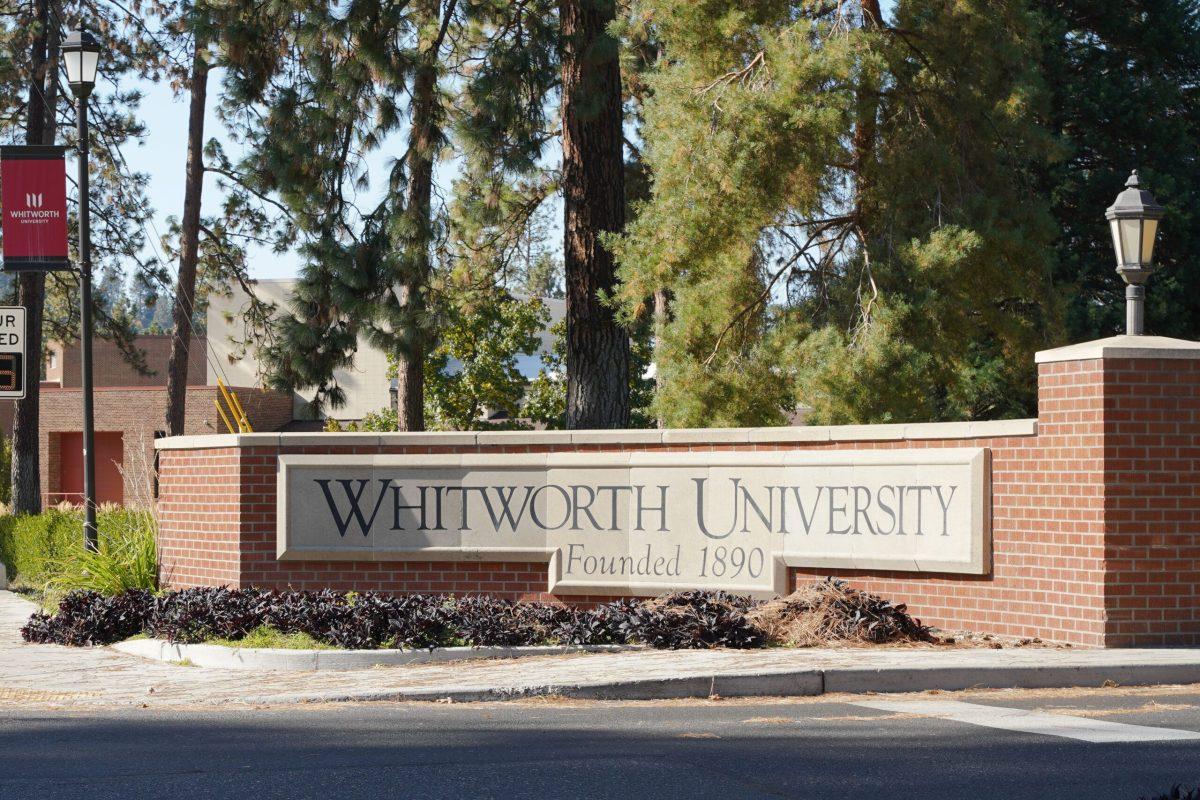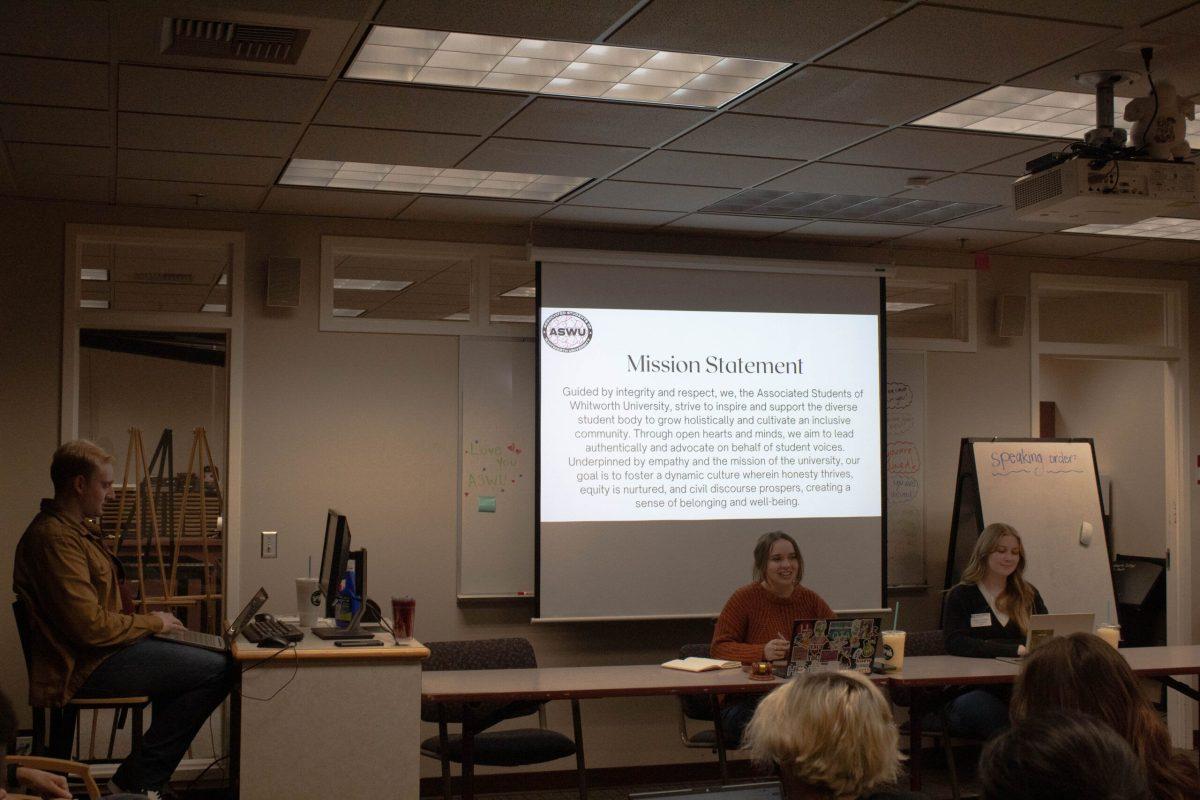Last October, Malcolm Gladwell published a chilling article for the New Yorker entitled “Thresholds of Violence.” In it, the famed social analyst addresses the rise in frequency of school shootings by the application of riot theory. He posits that we each carry with us a certain threshold that determines the minimum provocation required for us to engage in a radical action. School shootings, Gladwell argues, have become a riot, and more people are joining in. As the frequency of shootings increases, so does the difficulty of pre-empting future incidents as more and more “normal” people are taking part in radical, violent activity. Some universities have responded to this trend by rolling back decades- old restrictions on students carrying guns, but does the introduction of more guns really make anyone safer?
An FBI study of active shooter events found that there were 160 such events between the years of 2000 and 2013, resulting in the deaths of 486 individuals. While this averages out to just over 11 events per year, the majority of these events are concentrated in the latter half of the period studied. In the three years since the Sandy Hook Elementary shooting, there have been 95 active shooter situations on school campuses alone, raising the average up to one event per week. Statistically, there will have been another school shooting by the time this article is published. With active shooter events on the rise, the question of how best to secure our communities, and in particular our school campuses, is certainly one worth asking before it is too late.
NRA Vice President Wayne LaPierre has famously stated that, “The only thing that stops a bad guy with a gun is a good guy with a gun.” This line of thinking is repeated throughout the debate over firearms control in order to justify the degree to which the average American is allowed to arm themselves. While we may dismiss as hyperbole the notion that counterfire is the only means of bringing down a gunman, we still must address the premise that well- armed and civilians are capable of reducing casualties in an active shooter scenario. If LaPeirre’s assertion is true, then Whitworth ought to drop the current ban of firearms on campus which is detailed in the student handbook (pPage 65) in order that students might be best prepared for the worst. For this to be the case, a well- trained gun owner must be able to locate and take down a hostile shooter in less time than it would take the police to respond, and without creating any further casualties in the process. Taking the national average for police response times, this gives our “good guy” about ten minutes to get their gun and take down the shooter.
The people at the Advanced Law Enforcement Rapid Response Team have attempted to generate data about shooter situations with and without armed bystanders, almost all of which result in the “good guy” injuring innocents and being killed themselves by either the hostile shooter or the responding officers. These trainings and tests are being carried out by highly skilled officers, many of whom have previous military experience. Even in video games such as Call of Duty it takes a skilled marksman to have a positive kill-to-death-ratio. If even in our games and simulations, trained shooters often fail to take down a single armed target before being killed themselves, on what grounds do we believe that a minimally trained civilian is capable of taking down a real life shooter? Even assuming the utmost training, it is unlikely that the heroic citizen is near enough to the scene and even more unlikely that she is equipped with the sort of body armor and assistance that would make them a comparable to the officers en route.
School shootings are a societal problem which is only expanding. Taking into account Gladwell’s thresholds, preventing active shooter events may no longer be possible by carefully screening for deranged individuals. The data shows that adding additional firearms to the population being targeted does not result in fewer casualties. In fact the American Association of State Colleges and Universities has repeatedly demonstrated that campuses which allow students and faculty to carry weapons experience sharp increases in crime. Our only hope to curb this phenomenon lies in disarming the situation. If we enact laws such as buy back programs and further common sense restrictions to remove weapons from the system, the next school shooter may just start a fist fight, or an angry social media campaign.




